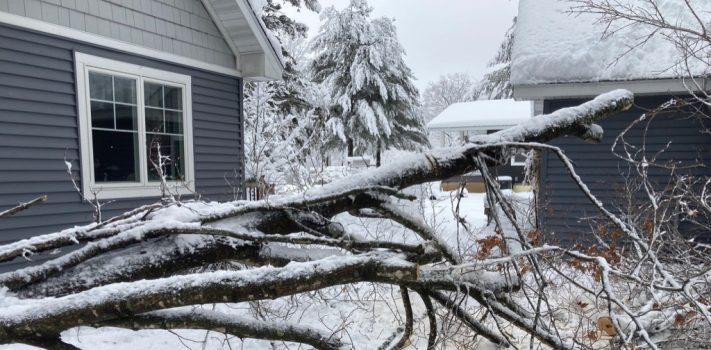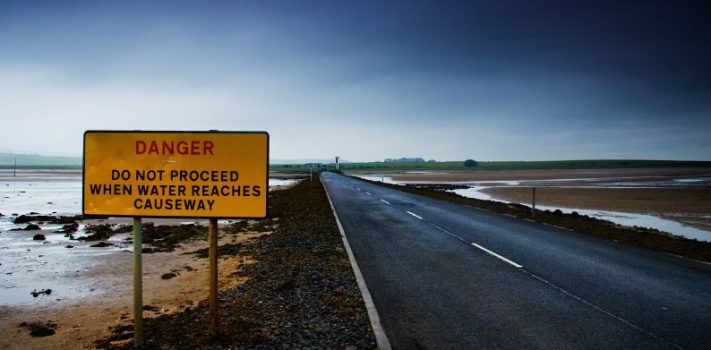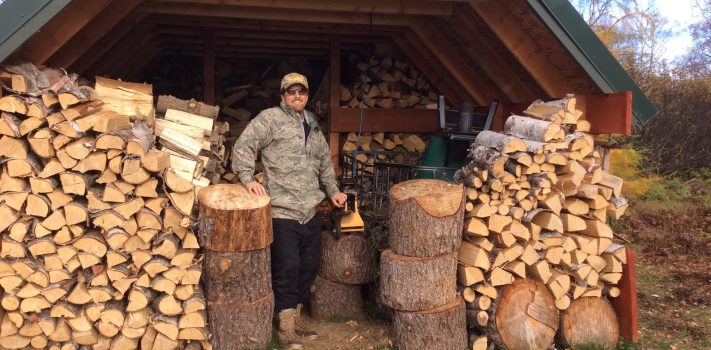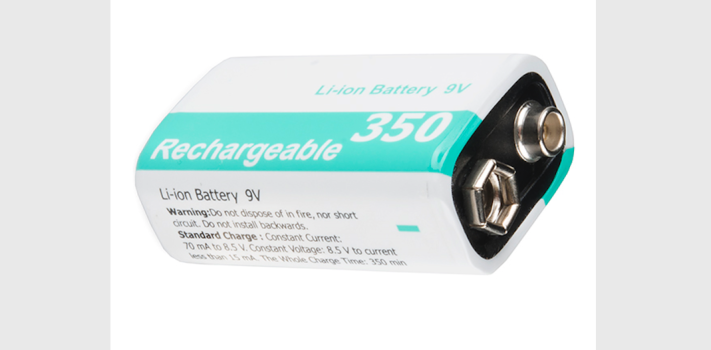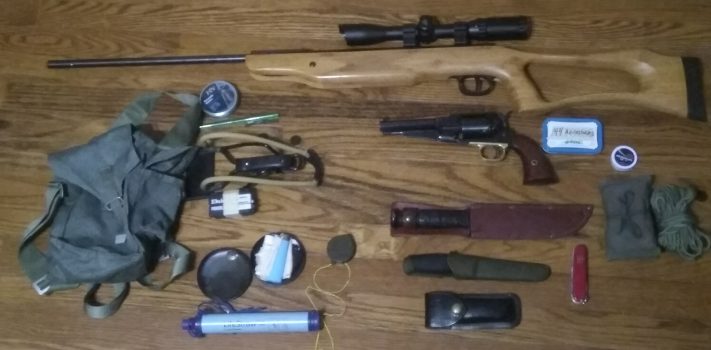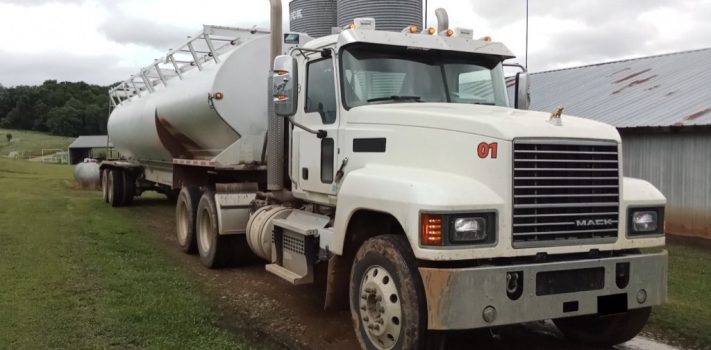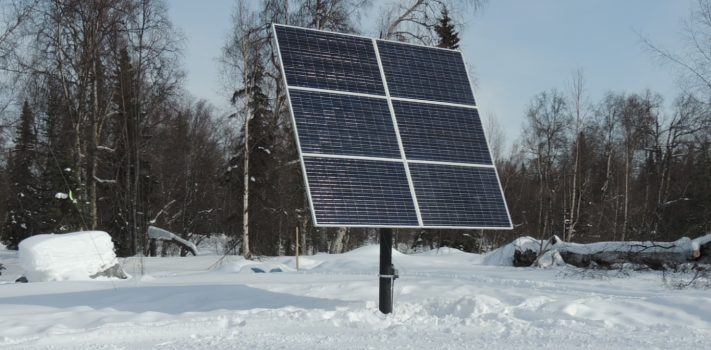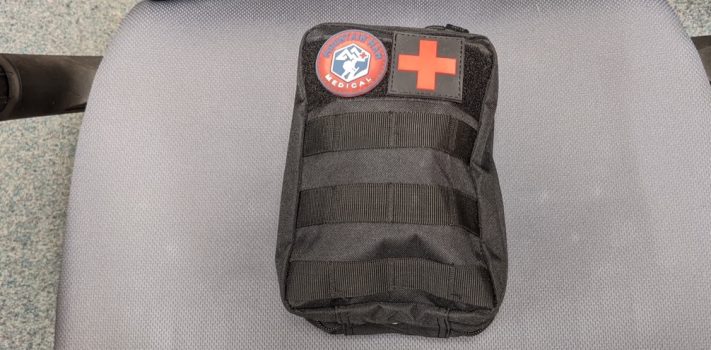Lessons Learned From a Winter Storm – Part 2, by Michael X.
(Continued from Part 1. This concludes the article.) Generators: TWO is NONE In all this time my second biggest concern, after the generator, was our outside hot tub. When the power is out it becomes a liability. 250 fifty gallons of hot (warm but cooling) water, waiting to freeze and wreck the tub…. The hot tub water temp was down to 74 degrees after one night. My choices were to get the generator going, or drain the tub. Part of the equation for this decision was the availability of the hot tub’s water for toilet flushing. I had only hours …

